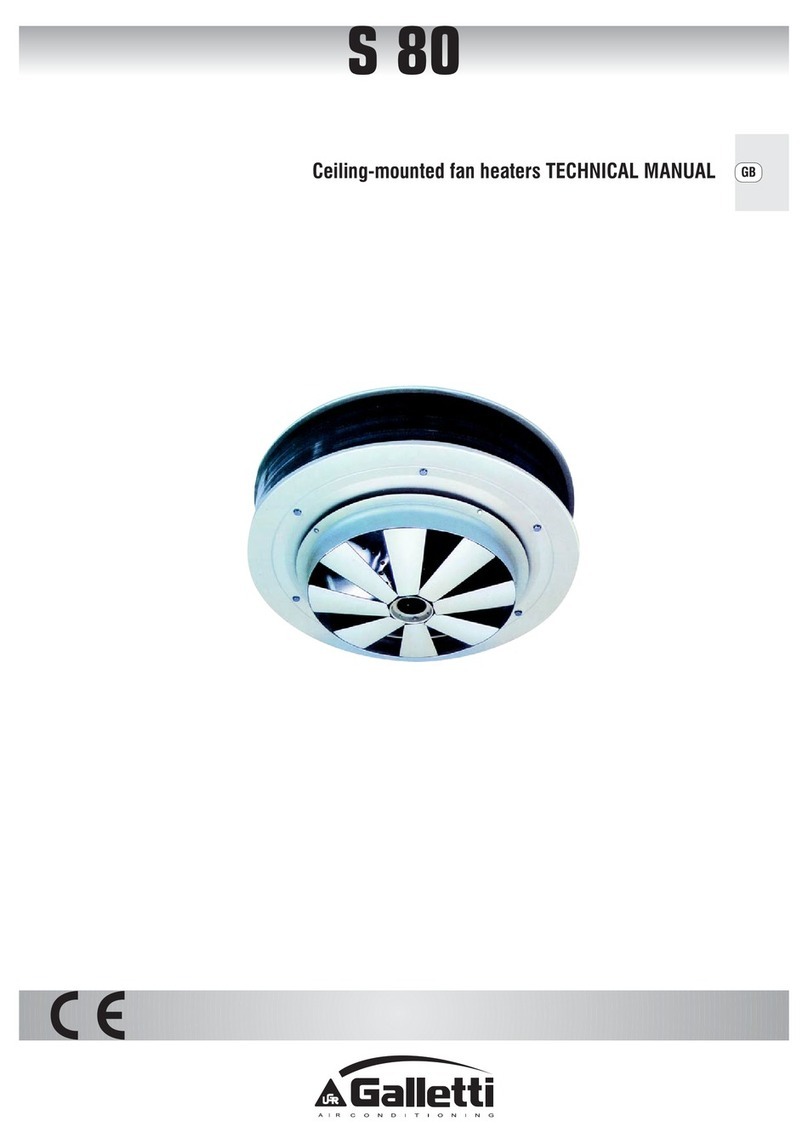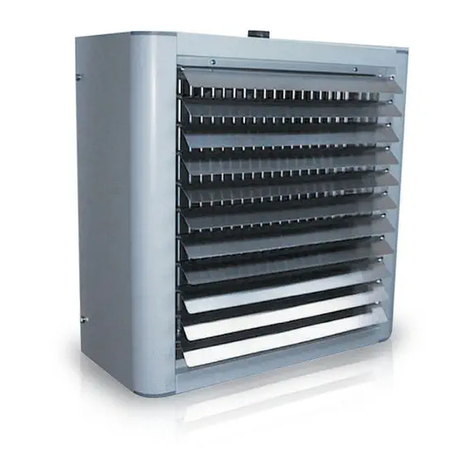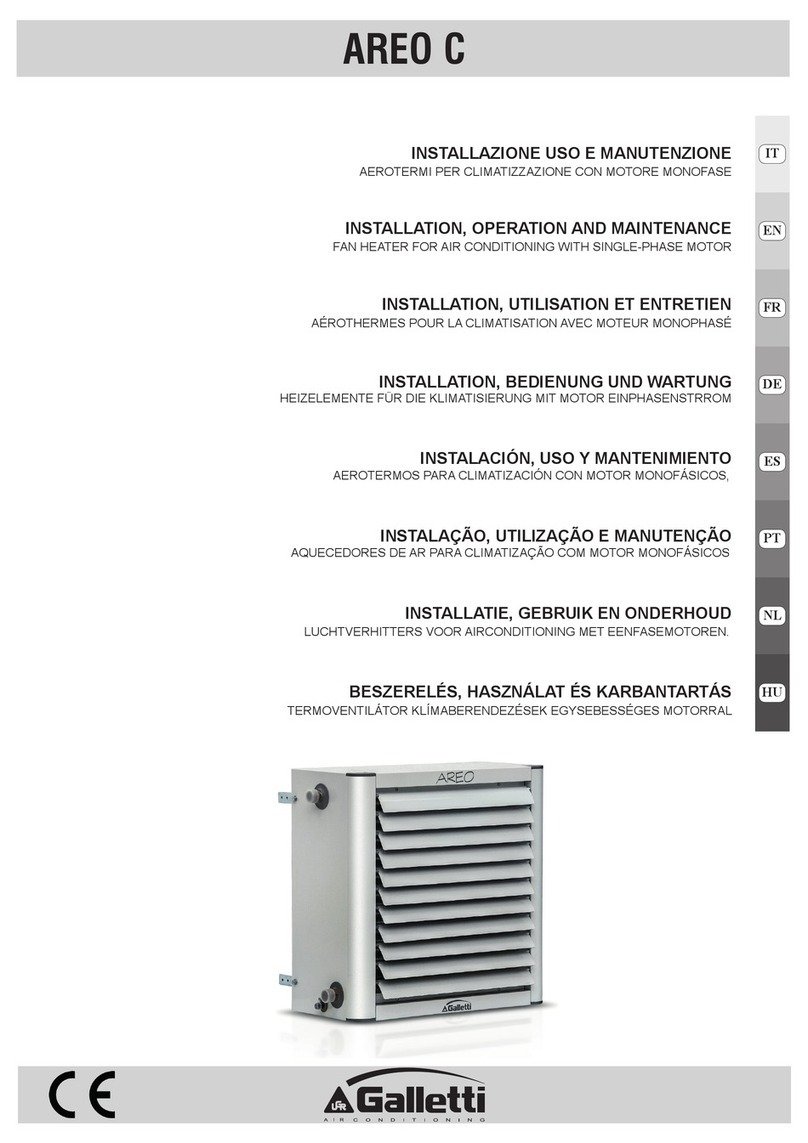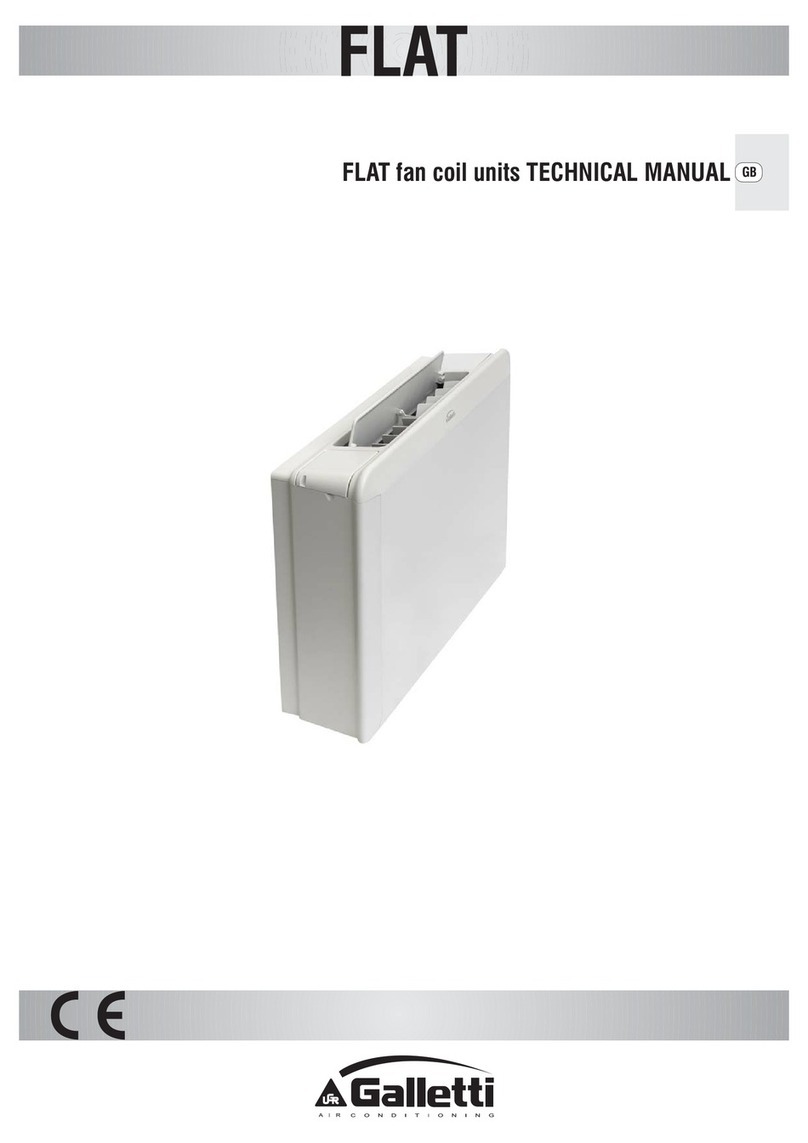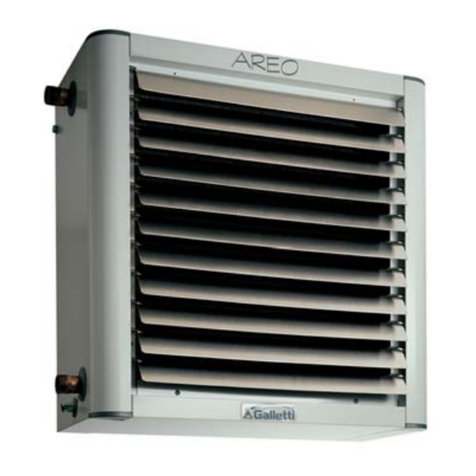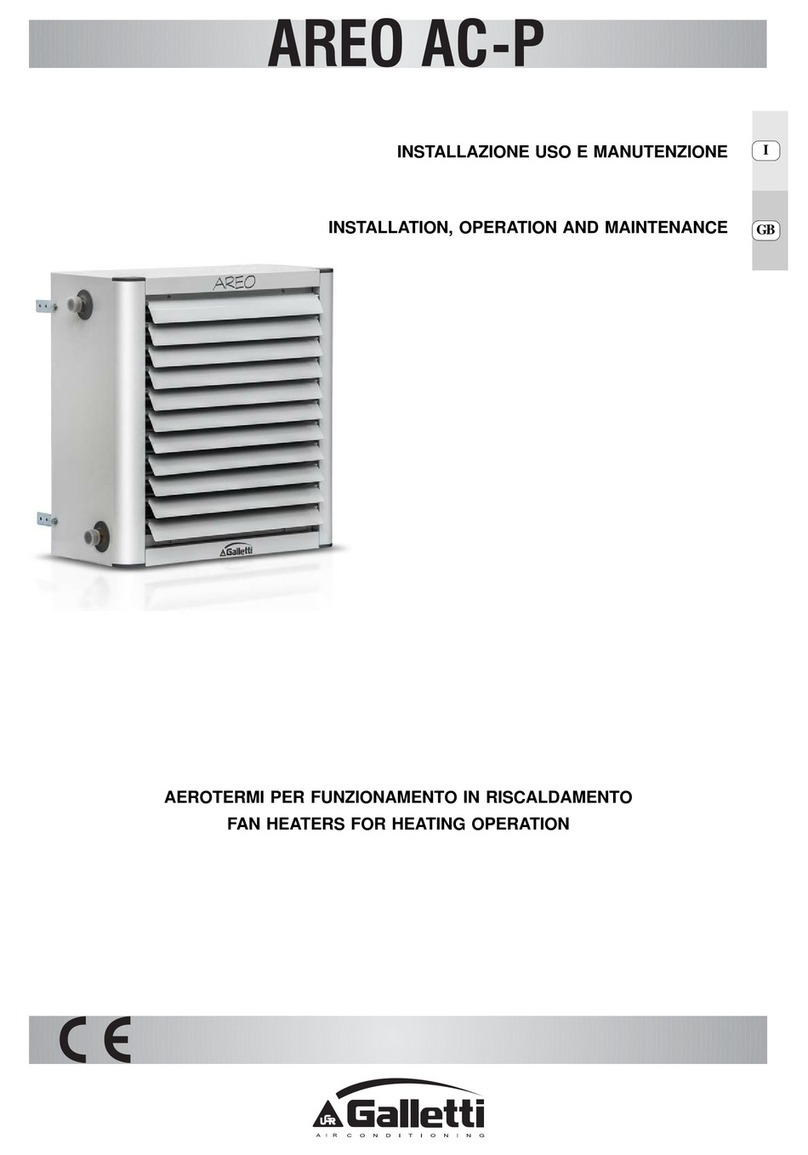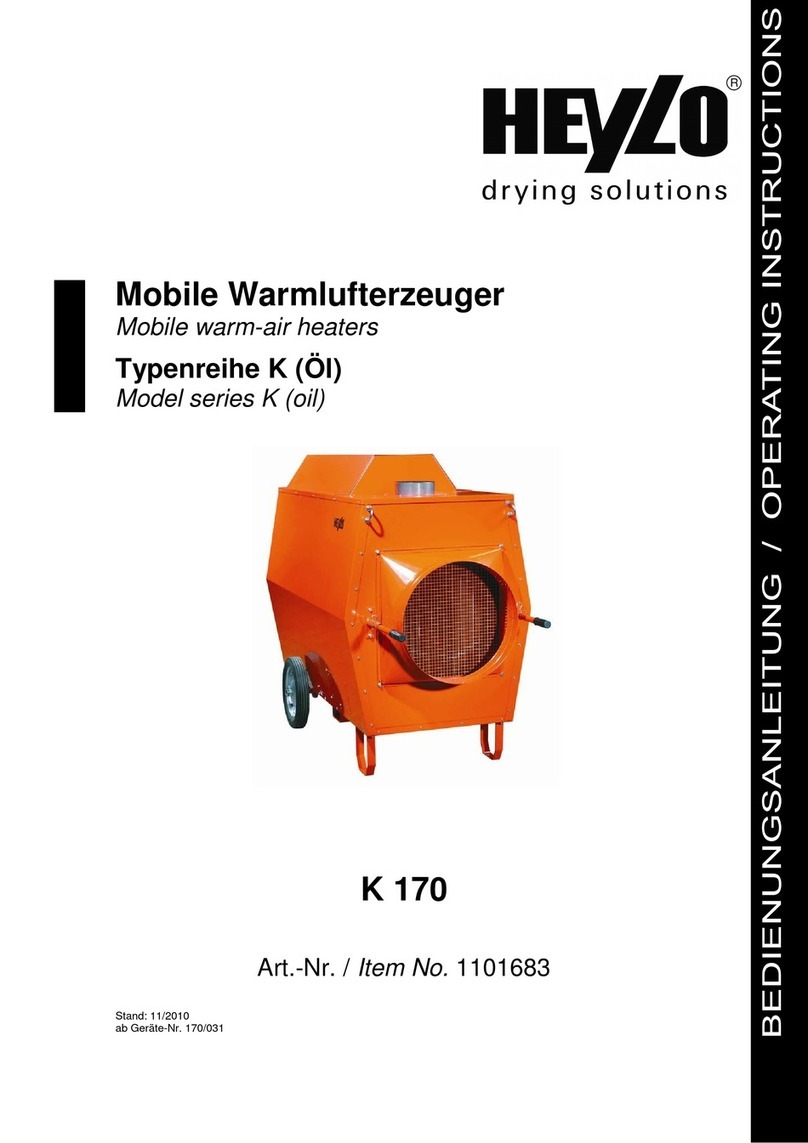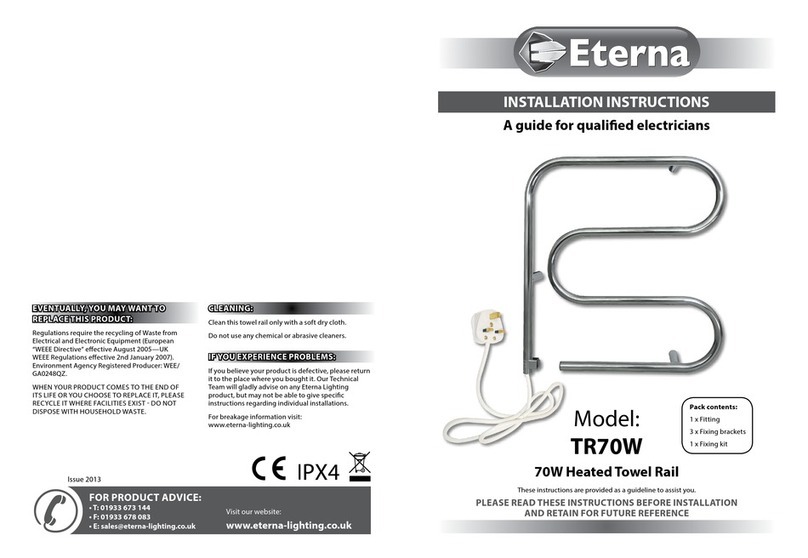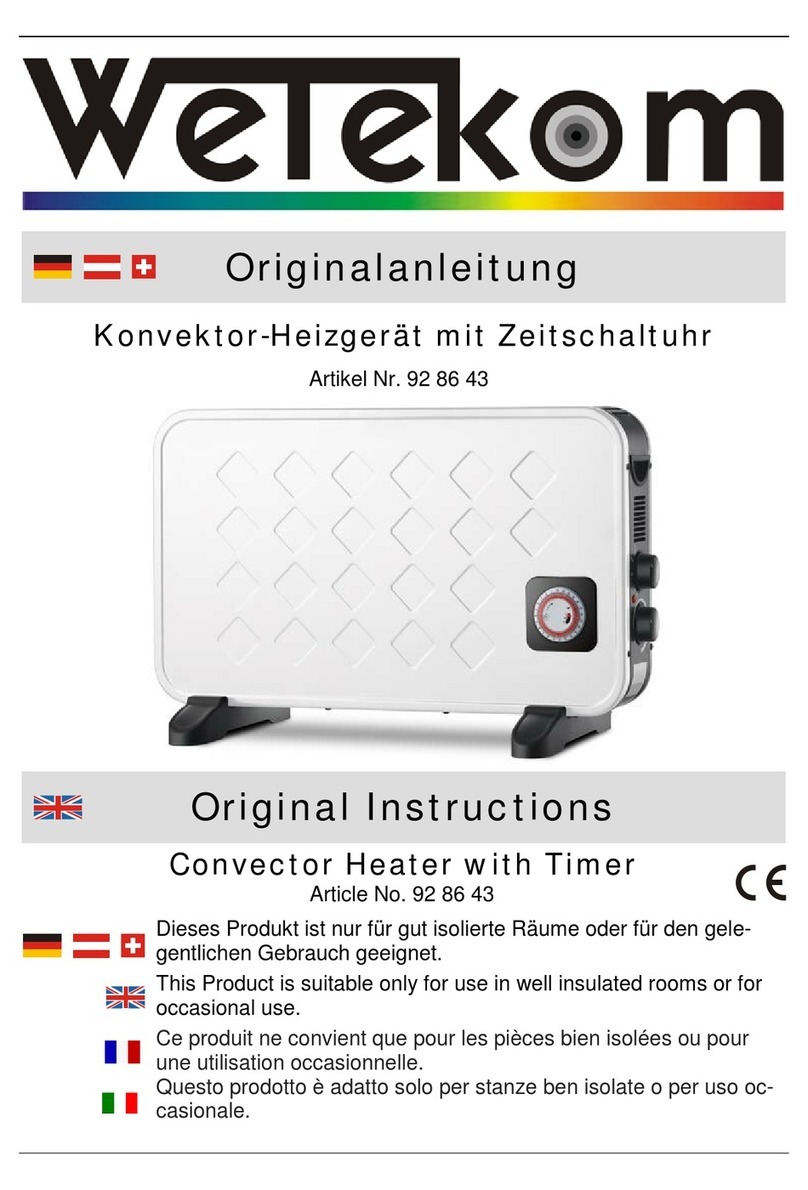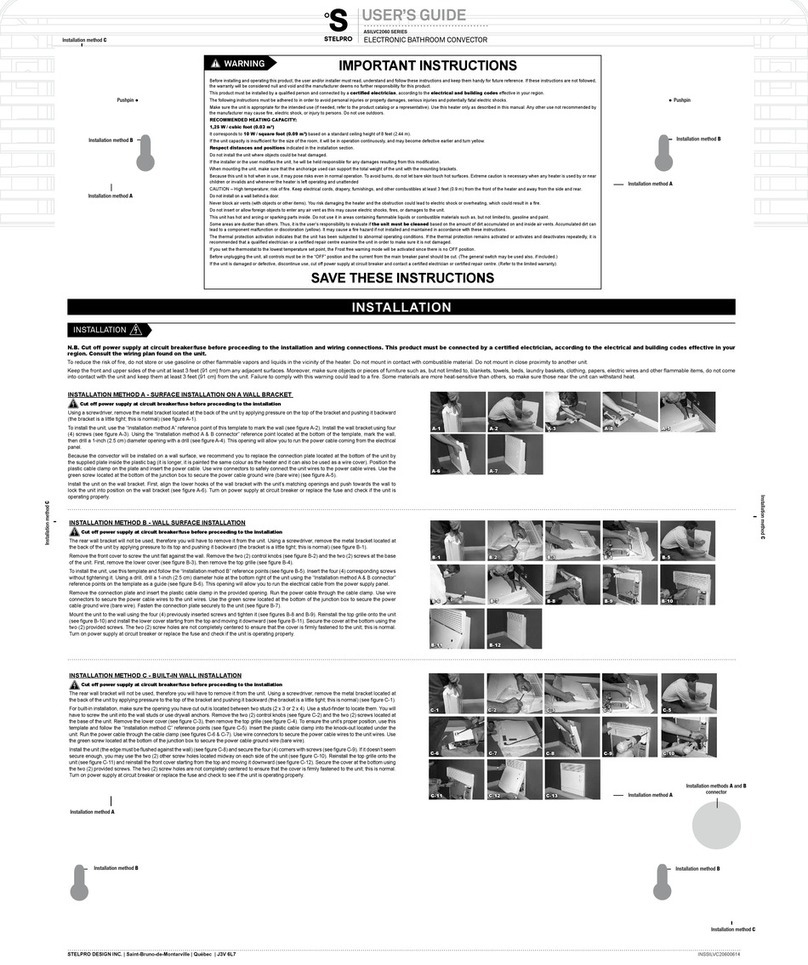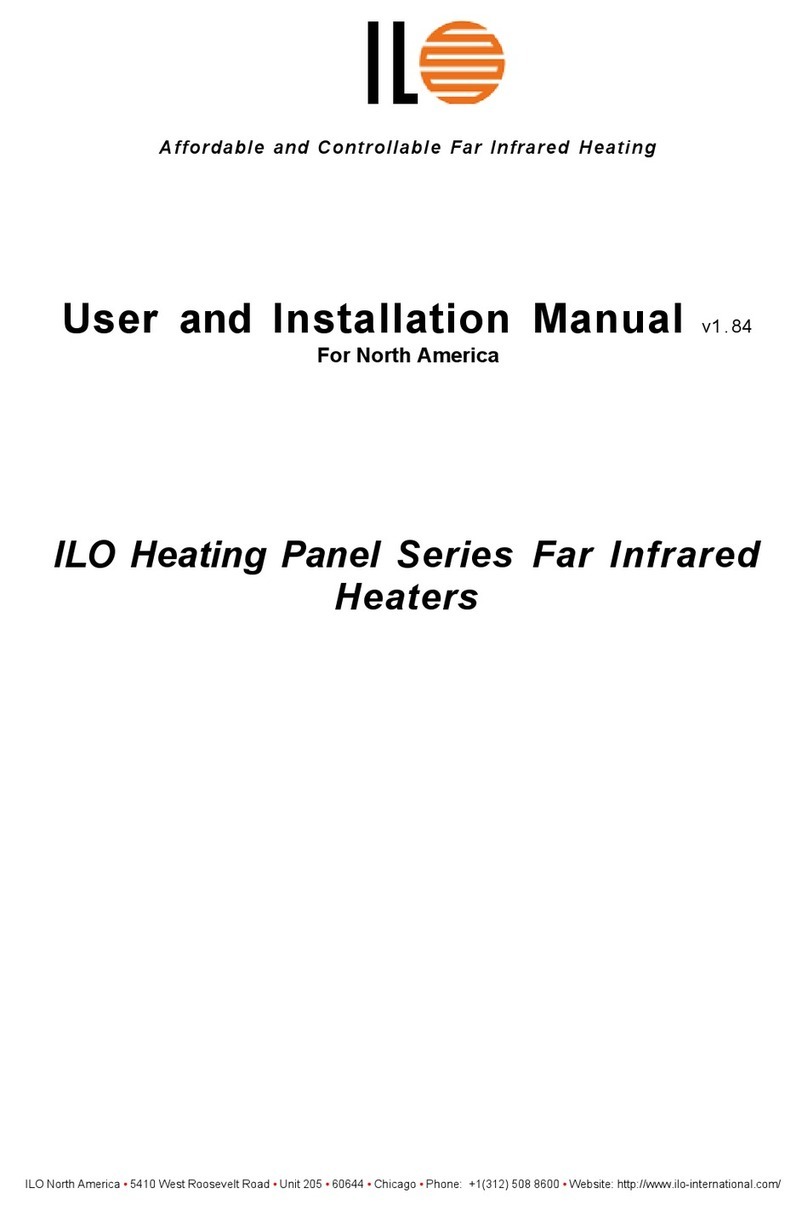
9FC66003354 - rev. 01
RE
È severamente vietata la riproduzione anche parziale di questo manuale / All copying, even partial, of this manual is strictly forbidden
ô
ö
Modell Felhasznált teljesítmény Felhasznált áram
A
F 1 - 2 1,0 4,34
F 3 - 4 1,5 6,52
F 5 - 6 1,6 6,95
F 7 - 95 2,0 8,69
F 10 - 11 3,0 13
Levegôkonvektor F1 - F2 F3 - F4 F5 - F6 F7 - F95 F10 - F11
Alkatrészek EYRE1 EYRE3 EYRE5 EYRE7 EYRE10
Modell F 1 - 2 F 3 - 95 F10-11
Tápláló huzalok szekciója (mm2)1,5 2,5 4
F1 164
F2 196
F3 232
F4 232
F5 265
F6 265
F7 352
F8 397
F9 517
F95 615
F10 627
F11 706
F12 1111
H
Vezérlésikódok
EYMCBE - EYMCME - EYMCLE
+
EYMCSWE

